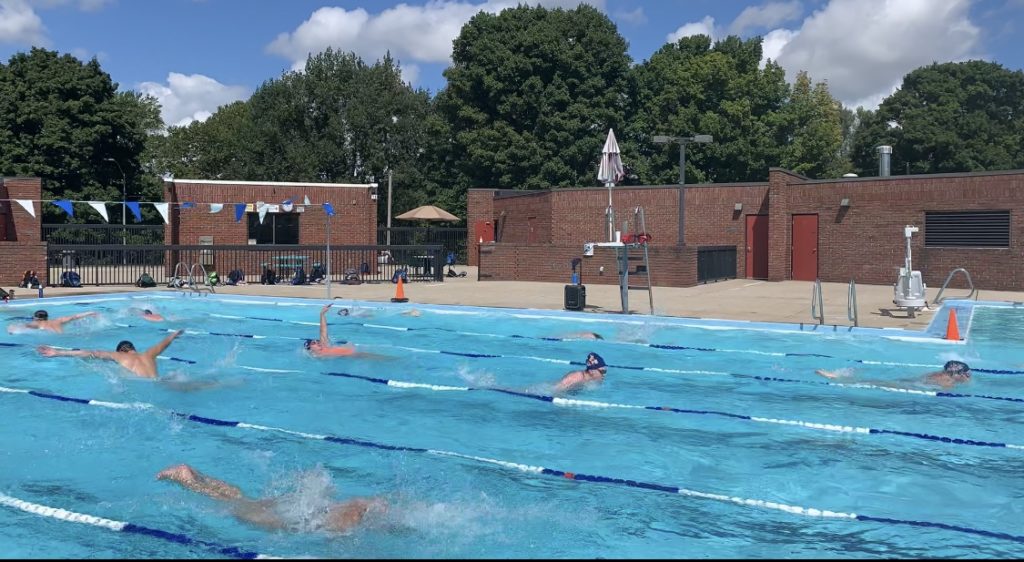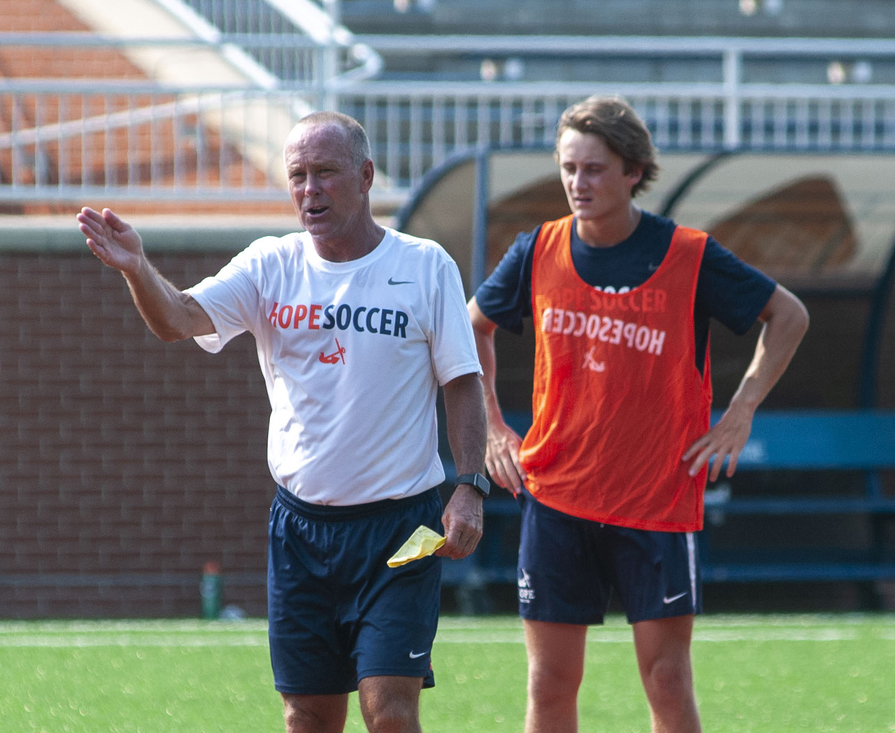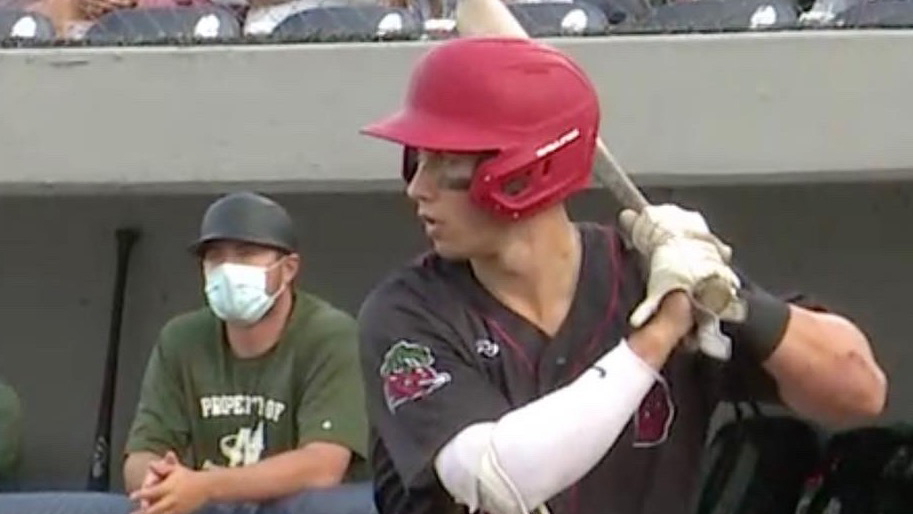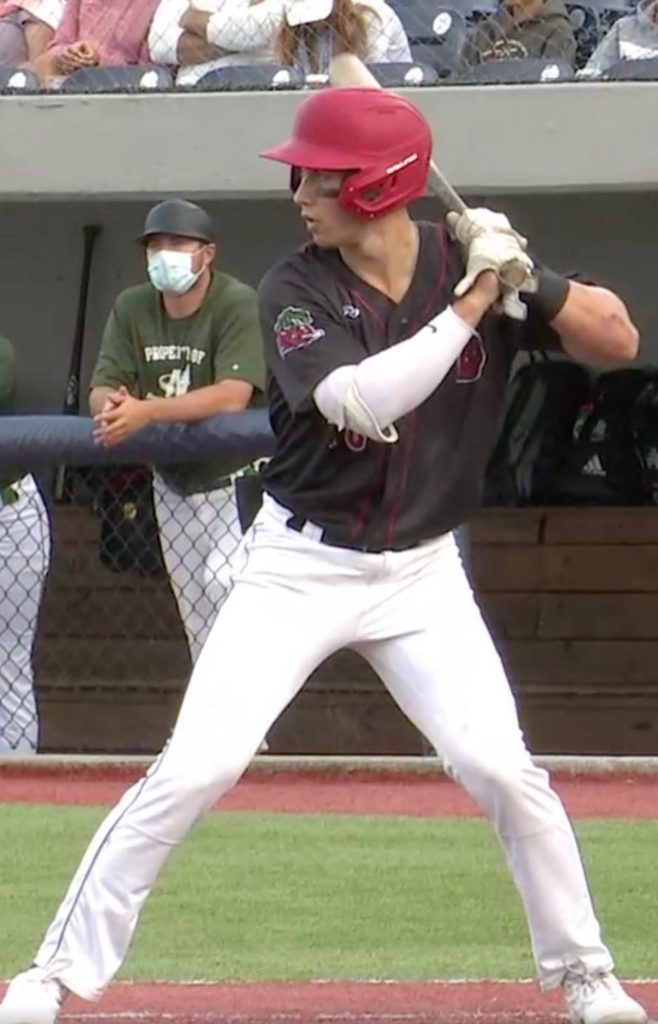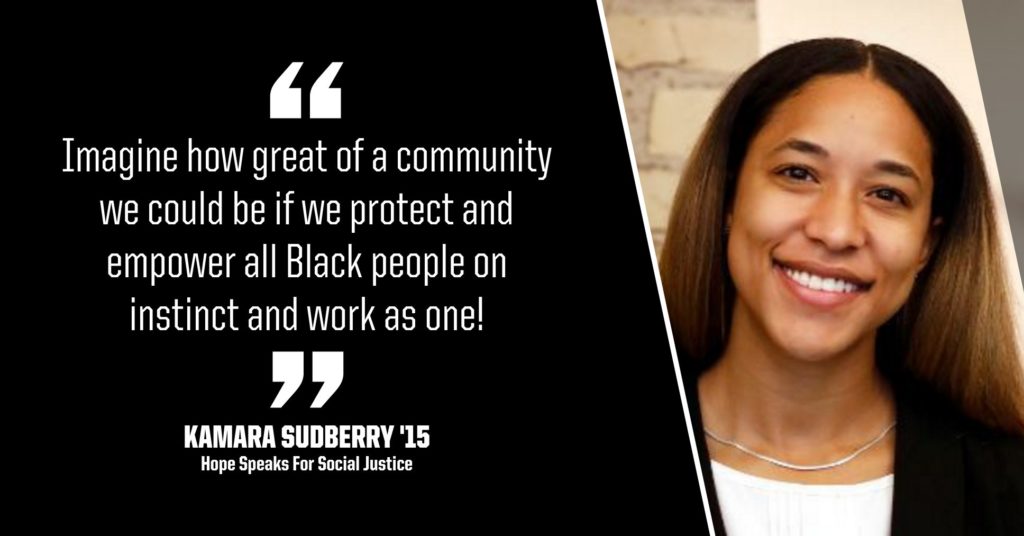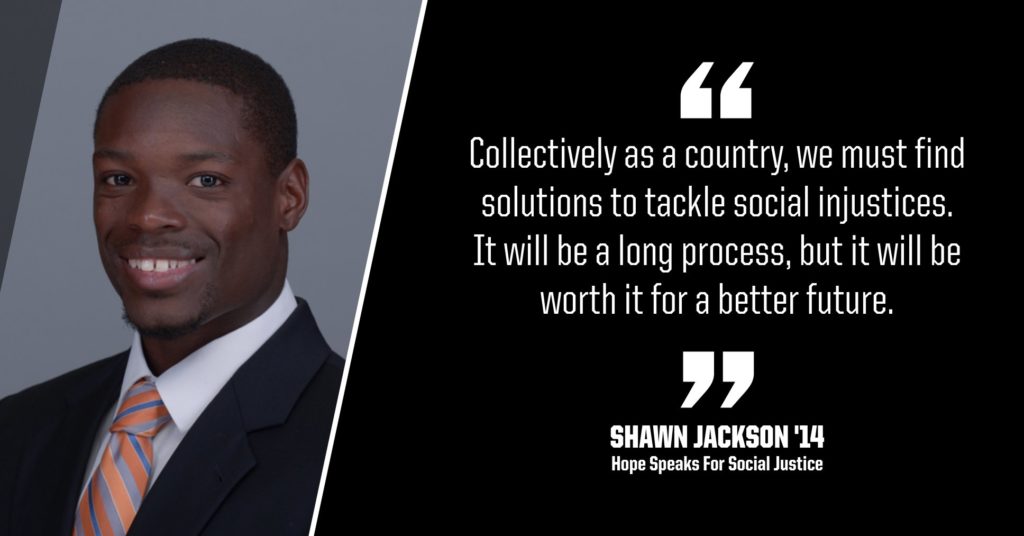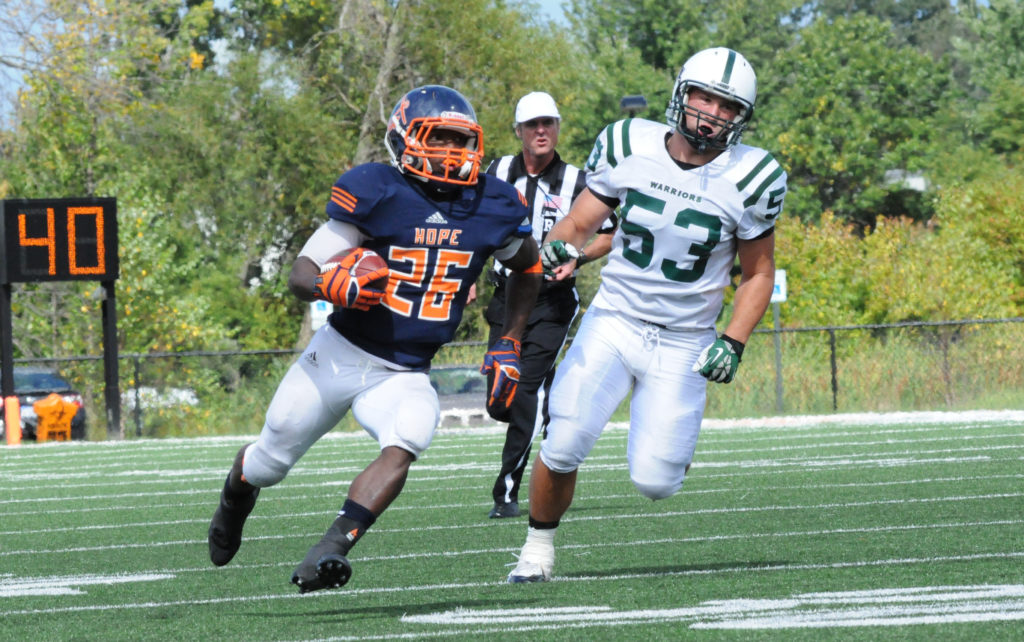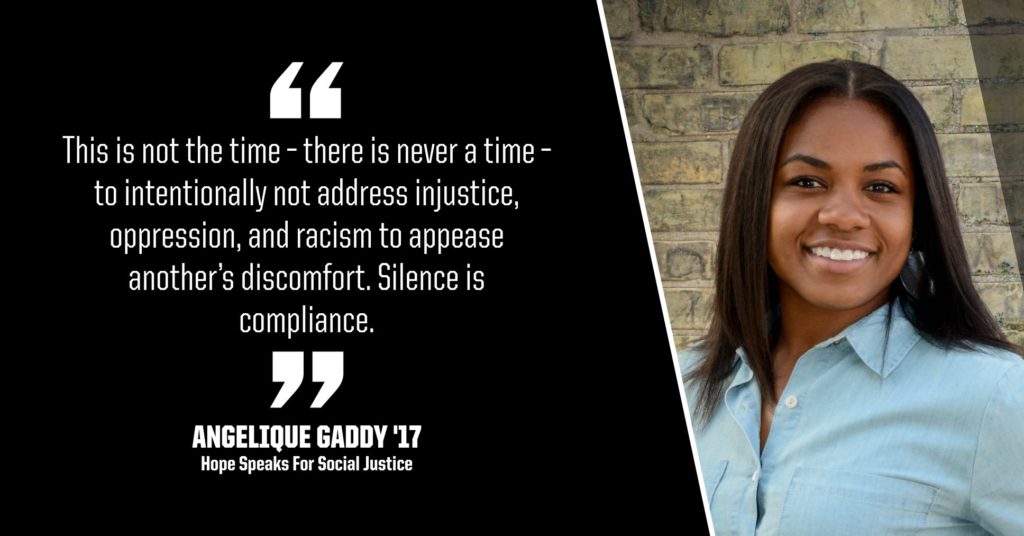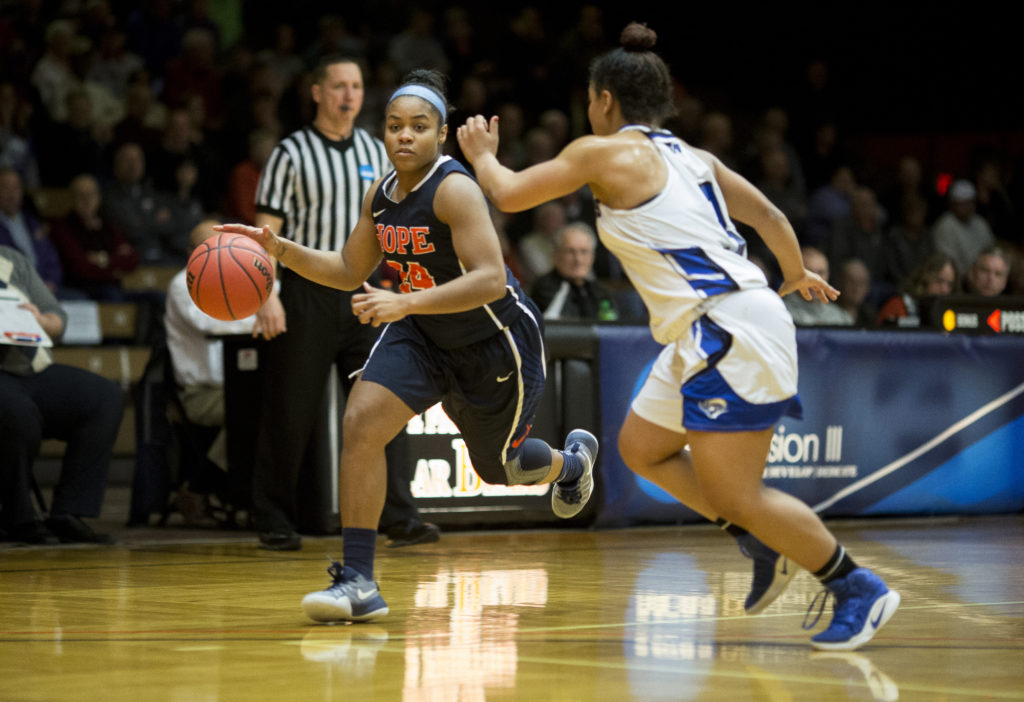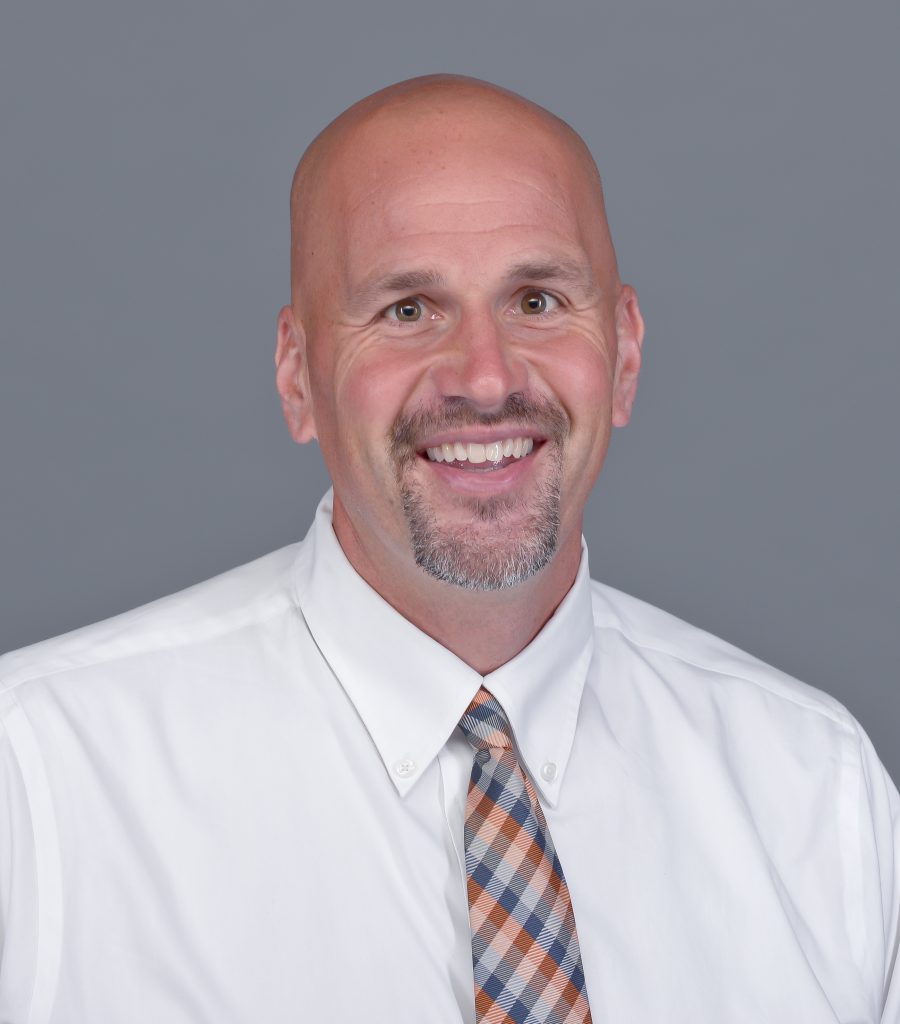COVID-19 has unfortunately, and obviously, sidetracked many plans for college student-athletes across the country this year. But sophomore cross country and track student-athlete Ana Tucker has kept her focus forward, making a run at new opportunities and in new directions.
From summer research to freelance art work, from kinesiology classes to running practices, Tucker manages best when her mind and feet are in motion.
And that makes sense for this All-American student-athlete.
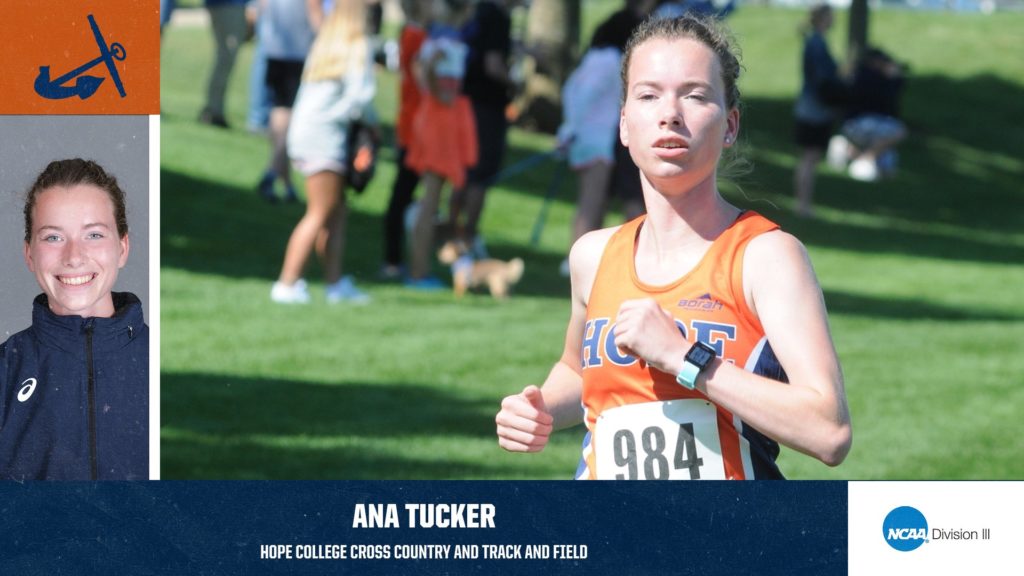
Last year as a freshman, Tucker, a Midland native (Herbert Henry Dow HS), burst onto the Hope, MIAA and NCAA running scene with a fresh display of talent and a fierce competitiveness.
In cross country, she finished second at the MIAA Championships, fourth at the NCAA Regionals, and 24th at the NCAA Division III Championships to earn All-American honors. In indoor track and field, she claimed second place in the 3,000-meter event at the 2020 MIAA Indoor Track and Field Championships, just behind teammate Anna Frazee ’20, and the two qualified for the NCAA Division III Indoor Meet.
But as Tucker and Frazee practiced in Winston-Salem, North Carolina, on March 12, readying themselves to race the next day, the national championships were abruptly cancelled by the NCAA due to the emerging COVID-19 pandemic. They headed home to Hope with a profound level of shock and disappointment that was just beginning to grip the rest of the country.
It’s a memory Tucker would rather forget.

Yet, it’s fraught with motivation for her, too, to keep running after her goals. This past summer, she maintained her average 60 miles a week to be ready for the fall season. While she did so, she also conducted summer research with Dr. Mark Northuis, professor of kinesiology and head cross country coach, on how interventions — such as uphill interval training, plyometrics, speed work and strength training — affect running economy. The work was funded by the Coach Mark Northuis Summer Research Fund, donated by the parents of All-American runner Erin Herrmann ‘17, the Drs. Jay and Maureen Herrmann, and Constantine Family Research Fund.
Also during the summer, Tucker created illustrations for the cover of a new human anatomy laboratory workbook written by Dr. Kirk Brumels, professor of kinesiology and chair of the department, and Dr. Kevin Cole, associate professor of kinesiology and head track and field coach.
Both experiences emanated from and informed her love for her sport and for her academic path at Hope.
“With research, I really liked independently thinking for myself, going out and finding articles myself and reading them and interpreting them,” says Tucker who is an exercise science major on a pre-physical therapy track. “In classes, everything is already put together for us to learn (by the professor). This is what you have to study. This is what you have to do. But research is more open ended: Here’s your topic, now go write a literature review. That gave me this amazing opportunity to go out and look at things on my own terms, at what really interests me.”
“She’s a kind of Renaissance woman. From art to science to writing to running, she’s just interested in and able to do things well in many capacities.” — Coach Mark Northuis
As for her illustration work, Tucker has loved drawing from an early age. In high school, she took three years of art classes, and at Hope, she has enrolled in basic design and printmaking. She now hopes to work toward an art studio minor.
“It’s really enjoyable to have a class (like art) that’s not science-based like all my other ones,” she says. “I think it actually helps me connect to science more. Doing those drawings (for the lab workbook) made me more excited about knowing anatomy.”

While she worked with Northuis in her first research experience, her coach noticed a natural, an inquisitive, motivated learner who embraced the project with self-determined resolve. “Considering she had just finished her freshman year, she was able to grasp concepts quite quickly in areas that she hadn’t had any classes in yet,” Northuis says. “She just has a very sharp mind and ability to put things together. She’s also a very good and thorough writer.
“She’s a kind of Renaissance woman,” he observes. “From art to science to writing to running, she’s just interested in and able to do things well in many capacities.”
Tucker has already secured a number of academic accolades — Hope’s Dean’s List, MIAA Honor Roll, USTFCCCA Academic All-American. The wholehearted effort she gives in a distance race of any length is the same tact she uses in a physiology lab or printmaking project.
And, that’s the benefit of studying at a liberal art school like Hope, she says. She is not just a scholar, a runner, an artist, or servant-leader who has coached with Girls on the Run. She is all of those things equally and at the same time.
Though there are no MIAA races for her, or the team, to run this season, Tucker will “race” in a virtual half marathon later this month — Holland Hospital’s Park2Park. She and her teammates have also run a number of time trials at their practices this season. Through it all, she has been uplifted by the team’s camaraderie and its caring culture, a major determinant that got her to Hope in the first place and now has played out at a heightened level during the pandemic.
“All of the people on the team are still staying pretty motivated and enthusiastic about things,” Tucker declares. “We’ve been doing time trials, and I’ve been seeing a lot of girls get good times. It’s just inspiring to see all of my teammates working so hard and then doing so well even though there’s not any official races.”
Tucker’s own optimistic outlook feeds a good deal of that positive team culture, too. You need to look no farther than her student-athlete bio to find affirmation of that. On that webpage, when asked to recall the best advice she’s ever received, her pre-pandemic response was:
“Enjoy the present and don’t stress as much about the future.”
One step, project and experience at a time, Ana Tucker is doing just that.


